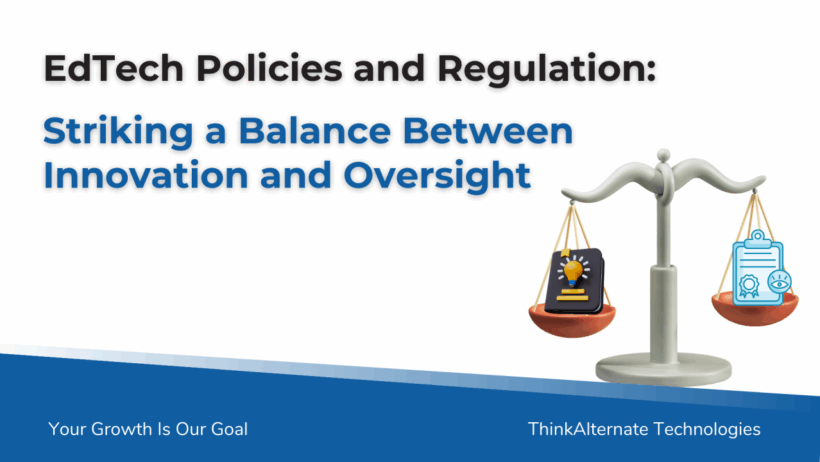The challenge of climate change poses a significant threat to the planet, necessitating a multifaceted response from governments globally. One of the pivotal arenas for intervention is energy conservation. Effective policies are essential to shape our future in the face of depleting natural resources and increasing energy consumption. This comprehensive examination will delve into various aspects of how government addresses energy conservation through policies, outlining the types of content readers can expect on this vital subject.
Energy conservation encompasses strategies aimed at reducing energy consumption. Governments recognize that sustainable energy use is not solely a personal responsibility; it demands systemic change facilitated by robust public policy. Anesoteric mix of regulations, incentives, and educational initiatives form the backbone of these policies, allowing societies to transition toward greener practices.
To begin, one must consider regulatory frameworks. These are laws and ordinances set forth to guide behaviors within different sectors. For example, building codes have become increasingly stringent, promoting energy-efficient designs that reduce waste and optimize resource usage. Such regulations often mandate the incorporation of renewable energy sources in new developments. Consequently, constructing energy-efficient buildings not only lessens reliance on fossil fuels but also elevates the overall quality of living spaces.
Moreover, governmental bodies implement efficiency standards for appliances, vehicles, and industrial machinery. These regulations set minimum efficiency benchmarks, compelling manufacturers to develop advanced technologies that consume less energy. As a result, consumers experience long-term savings on utility costs alongside a reduced carbon footprint.
In tandem with regulations, financial incentives play a crucial role in promoting energy conservation initiatives. Tax credits, rebates, and grants are powerful tools that governments wield to encourage individuals and businesses to invest in energy-efficient technologies. For instance, residential solar panel installations may be subsidized by local governments, thereby making them financially accessible to a broader demographic. Such facilitative measures foster a culture of energy efficiency, illustrating that conservation not only benefits the environment but can also be financially advantageous.
Moreover, governments often establish public awareness campaigns aimed at educating citizens about energy conservation. Information dissemination is vital; people must comprehend their role in energy consumption. These campaigns may involve community workshops, informational websites, and social media initiatives that provide practical advice on reducing energy usage at home. When citizens are equipped with knowledge, collective action can drive significant reductions in energy demand.
A notable example of a nationwide energy conservation policy is the implementation of demand-side management programs. These initiatives encourage consumers to adjust their energy consumption patterns during peak demand periods through incentives or price reductions. By alleviating stress on the electrical grid, demand-side management not only preserves resources but also enhances overall grid reliability. Consequently, these programs contribute to a more resilient energy infrastructure, laying the groundwork for future advancements in energy technology.
Furthermore, governments are increasingly recognizing the importance of renewable energy integration in their conservation policies. Wind, solar, and hydroelectric power are becoming mainstay components of energy strategies worldwide. Policies promoting renewable energy adoption serve a dual purpose: they reduce greenhouse gas emissions and engender energy independence. Importantly, investment in renewable energy sources is characterized by transparency and public engagement, ensuring that community interests are acknowledged.
In regions where fossil fuels remain predominant, governments often face opposition to transitioning toward cleaner energy solutions. To reconcile these interests, just transition policies are emerging. These initiatives stabilize local economies heavily reliant on fossil fuel industries while facilitating equitable shifts toward sustainable energy sectors. The emphasis on social equity in energy policy ensures a just, inclusive transformation, reducing disparities that typically accompany swift technological advancements.
Internationally, collaborative agreements such as the Paris Agreement exemplify governmental commitment to energy conservation on a global scale. Countries voluntarily delineate their climate targets, thereby fostering accountability and encouraging mutual support. Such collaborative frameworks provide nations with an impetus to innovate in energy conservation technologies, creating a synergy that accelerates the pursuit of sustainability worldwide.
However, the implementation of these policies must be continually assessed. Governments must institute mechanisms for monitoring and evaluating the efficacy of energy conservation initiatives. Data collection and analysis are invaluable for understanding the impact of policies, allowing for adjustments and innovative adaptations in real-time. Stakeholder engagement, including input from citizens, businesses, and environmental organizations, plays an instrumental role in refining these processes.
In conclusion, effective government intervention in energy conservation is multifaceted and requires a harmonious blend of regulations, incentives, public awareness, and international cooperation. These policies shape our future by promoting sustainable practices that mitigate climate change while fostering economic resilience. By emphasizing collective responsibility and individual action, societies can achieve remarkable advancements in energy conservation that benefit not just the environment but humanity as a whole. The continued commitment to these strategies will determine the trajectory of energy consumption and conservation in the years to come.








